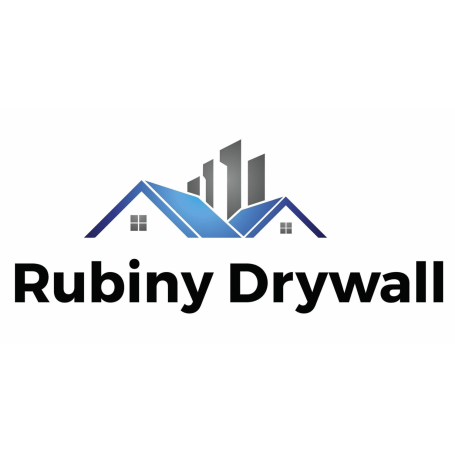F.A.Q
Is it better to repair drywall as a DIY project or hire someone to do it?
- If you already have all the necessary tools on hand and you are an enthusiastic DIYer, you could certainly take on the repair yourself. On the other hand, you may prefer to save time and hassle by turning the job over to a nearby drywall contractor
What tools and supplies will I need to tackle the repair work myself?
-A. You will need some or all of these tools:
- drywall saw
- drill
- electronic stud finder
- flexible knives
- hacksaw
- hammer
- hand sander
- inside corner knife
- ladder
- level
- pry bar
- sanding sponge
- screwdriver
- tape measure
- utility knife
In addition, you should plan on purchasing fresh drywall for patching, drywall tape, drywall nails and screws, and joint compound. Spray-on elastic crack coating can be useful too.
There are also complete drywall repair kits on the market, as well as patches which are ready-cut in sizes from 4″x4″ up to 8″x8″ or shaped to fit around electric outlets or sprinkler heads. Check with your local hardware store or home center.
How much does professional drywall repair cost?
-A. When you hire a pro to tackle the job, initial drywall installation costs are fairly predictable, with an average range from approximately $1.50-4.00 per square foot, and you’ll pay about the same for replacement (not including the cost of removing damaged materials). However, the cost to repair drywall will vary depending on the extent and nature of the problem. The price will be based on the number of man-hours and the supplies required.
Q. Can damaged drywall be recycled, once it's removed?
-Yes, it usually can. You may have to do some detective work to find a recycling transfer station in your area that will accept it, though, especially if it contains asbestos. However, moldy drywall cannot be recycled and should be handled with care. Wear rubber gloves, eye goggles, and a respirator during removal. Then dispose of it in well-sealed plastic bags.
We need your consent to load the translations
We use a third-party service to translate the website content that may collect data about your activity. Please review the details and accept the service to view the translations.
